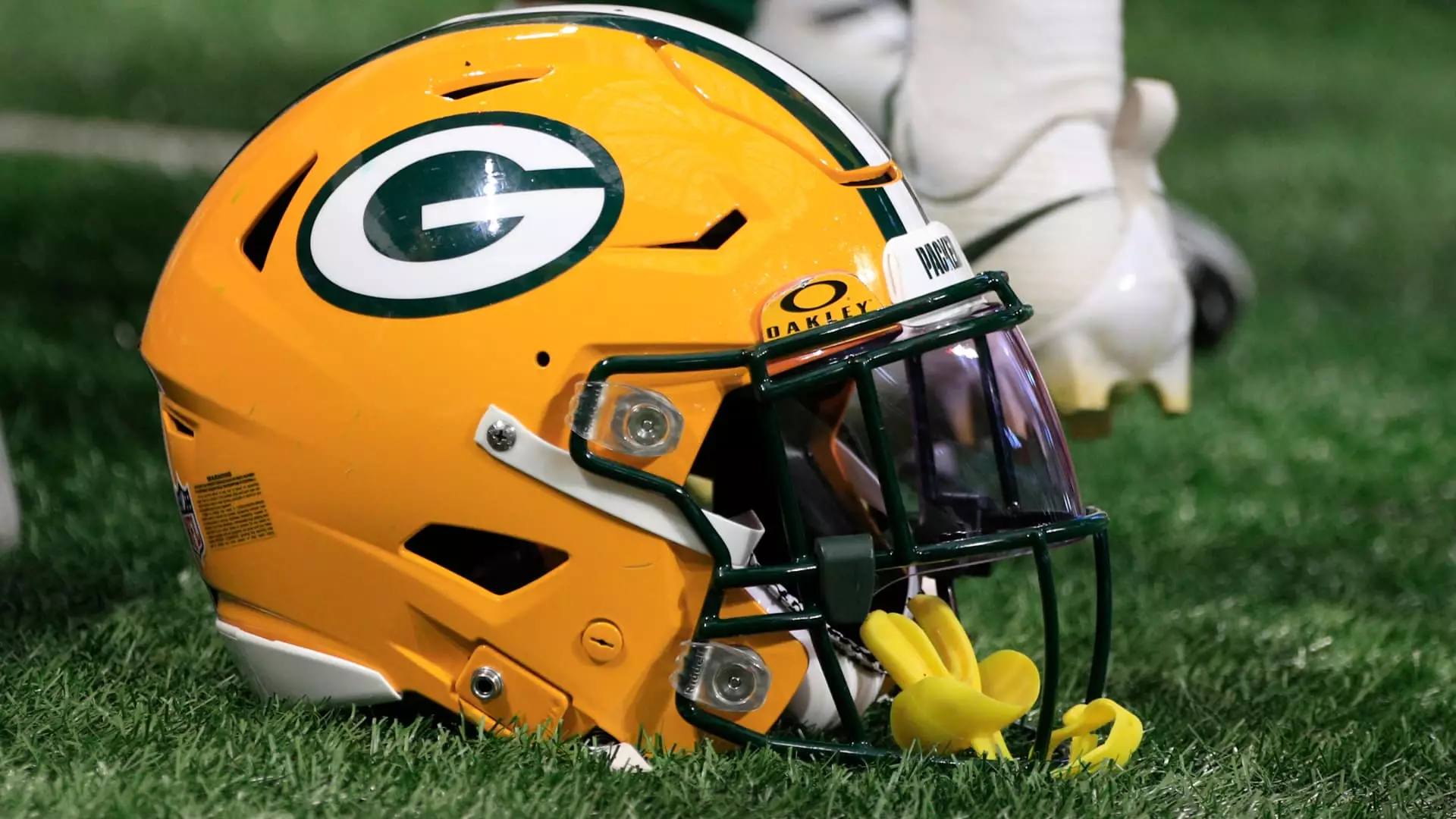The Green Bay Packers, a team valued at $6.3 billion, have a distinct ownership structure that sets them apart from all other National Football League franchises. Unlike traditional NFL teams that are privately owned by individuals or families, the Packers are the only team in the league with a publicly owned ownership model. This ownership model traces its roots to over a century ago when the team was established, making it a true anomaly in the world of professional sports.
The Green Bay Packers’ ownership structure revolves around stockholders, who are predominantly fans of the team. Over the years, the Packers have conducted six stock offerings, which have resulted in over 5.2 million outstanding shares held by more than 538,000 individuals. These shares do not offer any monetary dividends, cannot be traded or sold in the open market, and lack any intrinsic market value. Shareholders do have the privilege of attending the team’s annual meeting and participating in the election of the board of directors. However, it is important to note that owning a share in the Green Bay Packers does not lead to any financial gains for the shareholder.
Nonprofit Nature and Financials
Being a nonprofit entity, the Green Bay Packers allocate their annual revenue towards various operational expenses, including player salaries, stadium maintenance, and marketing efforts. The team accrued $638 million in revenue in 2023, with earnings before interest, taxes, depreciation, and amortization amounting to $128 million. The Packers’ unique financial structure places a limit of 200,000 shares per individual, ensuring that ownership remains widely spread among a large number of stakeholders.
As a publicly owned team, the Packers’ ownership structure poses challenges for private equity investors seeking a significant return on their investment. Unlike other NFL teams that allow for higher ownership stakes by private equity firms, the Packers maintain strict ownership caps to preserve the team’s fan-centric ownership model. While private equity firms can own up to 10% of a franchise, the Packers’ restricted ownership structure makes it unattractive for investors looking to capitalize on their financial investments.
Barriers to Ownership
Despite the historical significance and fan appeal of owning a stake in the Green Bay Packers, the infrequent nature of stock offerings presents a primary barrier to entry for prospective shareholders. The timing of these offerings, coupled with the fluctuating share prices over the years, can make it challenging for fans to acquire ownership interests in the team. Although the initial cost of a share was only $5 in 1923, recent offerings have seen share prices reaching as high as $300, still a fraction of the average valuation of an NFL team today.
In addition to its distinctive ownership model, the Green Bay Packers stand out in the NFL landscape for several reasons. As the smallest television market among all 32 teams, Green Bay lacks the commercial draw and tourism appeal of larger cities with NFL franchises. Furthermore, the team’s long-term stability at the quarterback position, transitioning from Brett Favre to Aaron Rodgers and now Jordan Love, has drawn admiration and envy from fans and organizations across the league.
The ownership structure of the Green Bay Packers embodies a sense of community, tradition, and resilience that sets them apart from their NFL counterparts. While the team may not appeal to traditional investors seeking financial gains, the loyalty and passion of their fan-base remain the cornerstone of their enduring success.

Leave a Reply